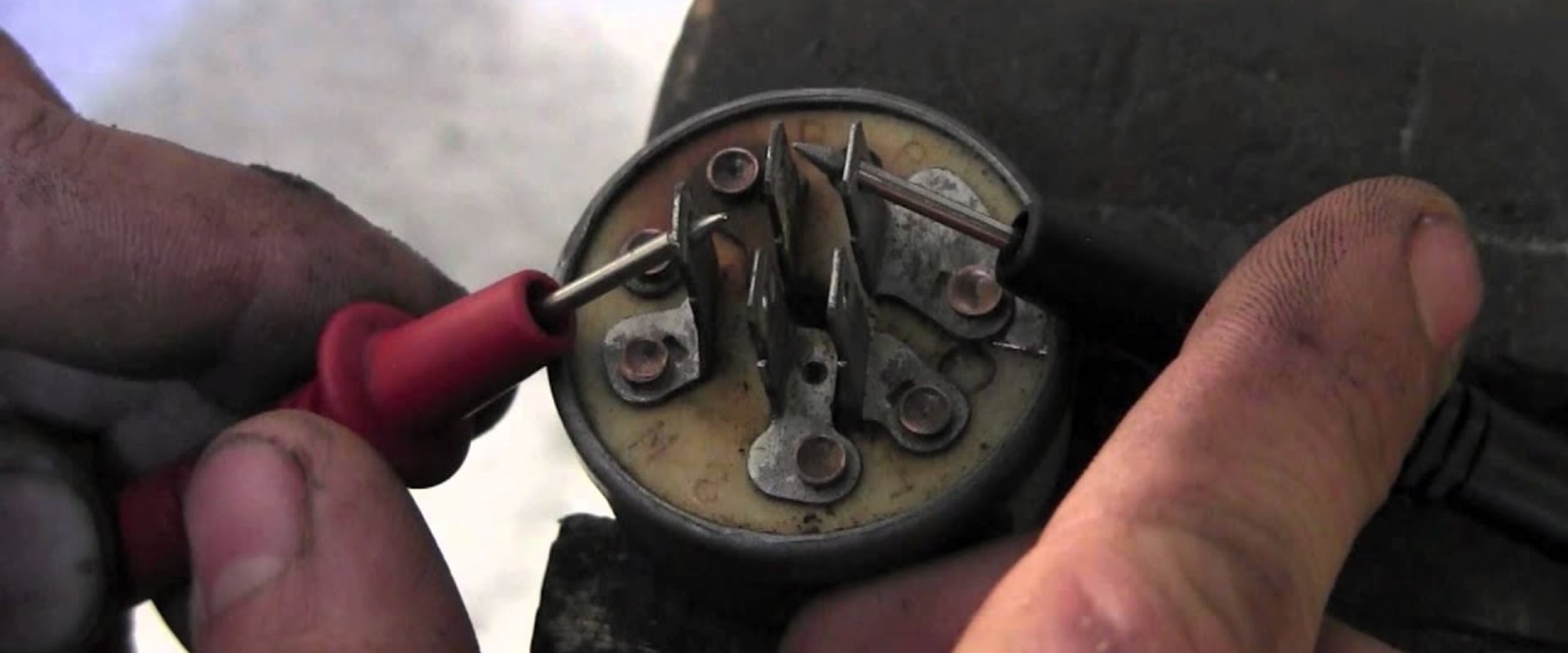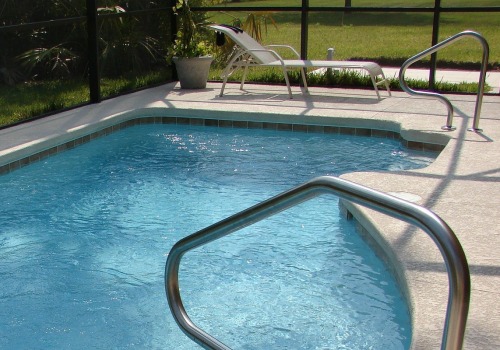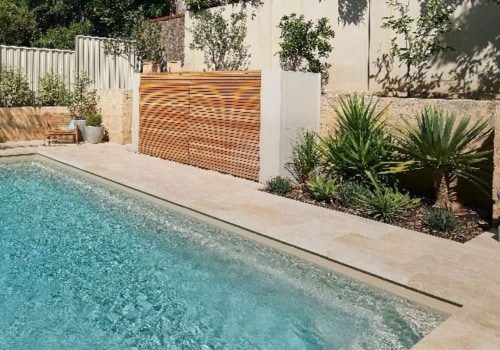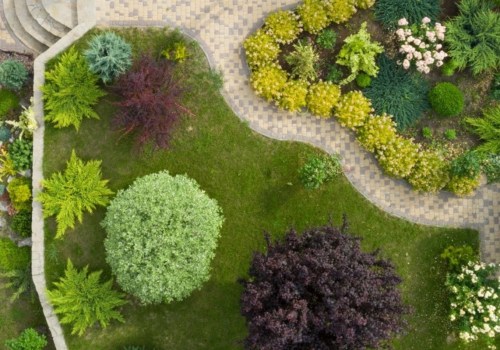A pool liner that has been in use for more than 5 years would be much less toxic. Plasticizers are chemical additives that are added to plastic to make them more malleable rather than rigid. As you can imagine, a pool liner must be specifically malleable and, as such, plasticizers are an important chemical in vinyl sheets. Phthalates (pronounced thalates) are plasticizers used in the manufacture of vinyl pool liners and have a very dubious reputation among people sensitive to chemical exposure.
Phthalates are considered an environmental pollutant and are potentially related to a number of frightening medical problems. This, among many other chemicals used in the manufacture of vinyl sheets, is why almost all pool liners purchased today will be vinyl sheets produced outside of Canada or the U.S. UU. The cost of safely handling and disposing of toxic manufacturing by-products is simply too expensive to remain competitive in the marketplace.
A country that has more relaxed, or no, regulation of hazardous and environmentally harmful toxic substances will simply be able to produce vinyl sheets for less money than a country where strict supervision and control of toxic substances consumes profit margins. Pool liners that used to last 25 years on average had much higher levels of plasticizers than those used today. In addition, over the past 60 years, more than 30,000 chemicals have been used for plasticization purposes, but only about 50 are used in modern manufacturing. While some plasticizing chemicals may have been able to produce a longer-lasting pool liner, the environmental hazard or chemical toxicity of these products preclude their use with modern standards.
BPA (Bisphenol A): BPA is an organic synthetic compound and is specifically not a plasticizer. A plasticizer is something that is added to a plastic to change its physical properties. BPA, on the other hand, is a monomer that is used in the chemical polymerization process. In the manufacture of a polymer, more than 99% of the BPA will be permanently attached.
Trace levels of free BPA or residual BPA are possible and are often a concern for pool owners and people concerned about their health. BPA is unlikely to be a concern for pool owners, according to scientific study of safe levels of BPA for humans. Plasticizers, in general, represent a much greater health concern than BPAs. Pool liners also used to contain heavy metals such as lead and arsenic, as well as formaldehyde, styrenes, and other toxic chemicals that are restricted or totally prohibited for use in modern manufacturing processes.
Pool liners are much more resistant to discoloration from high levels of chlorine than they used to be. However, even if the color remains intact, the continuous high level of chlorine is corrosive and affects the plasticity of vinyl, slowly removing resins from the material. To avoid chemical damage caused by chlorine, follow these tips. Below neutral pH (7.0), pool water can become corrosive and begin to corrode vinyl siding.
As you may already know, the ideal pH range for any pool is 7.2 to 7.6, and the same goes for vinyl-lined in-ground pools. Pool Management DC experts emphasize the fact that phthalates are plasticizers used in vinyl pool lining for manufacturing purposes. These phthalates have a very dubious reputation among people who are sensitive to certain chemical exposures. Previously used pool liners lasted more than 25 years on average, as they had much higher levels of plasticizers in use.
In recent years, more than 30,000 chemicals have been used for plasticization purposes, but over time their use has been drastically reduced. However, there are some plasticizing chemicals that have been able to produce a longer-lasting pool liner. However, the environmental hazard or chemical toxicity of these products preclude their use with current standards. Bleach, frequent flushing, and chlorine levels can help keep your pool safe and hygienic.
However, excessive use of chemicals can cause problems with the vinyl coating of the pool, such as staining, discoloration, corrosion and causing the coating to become brittle. Like overuse of chemicals, not using enough to keep water clean can also cause problems. Without chlorine and other chemicals, bacteria and algae can grow, which can also cause stains and discoloration. It's essential to test the chemistry of your pool water frequently.
Never fully drain your vinyl-lined pool. When exposed to air, vinyl shrinks and cracks as it dries. This is especially true for older coatings, as vinyl becomes weak and brittle over time. If you want to clean your pool floor, leave at least 6 to 12 inches of water over the shallow end to help protect your liner.
However, for discoloration, I think a darker eyeliner may be less susceptible than lighter colors, since it has more pigment in the eyeliner. When buying a new pool liner, choose a thicker liner that can better withstand harsh UV rays and chemical discoloration. It's generally considered safe for dogs to swim in the pool, as long as you clean your pool and your dog regularly and they can get in and out (without scratching on the sides). Most of the time, wrinkles in a vinyl pool are caused by temporary floating of the pool liner due to water under the liner, either by raised water tables around the pool or, potentially, by a leak inside the pool itself.
When you have a ton of vinyl siding options, and one is much cheaper than another, this is probably one of the main things you're trading for a cheaper price. Or my favorite, the 4th of July fireworks, a little too close to the pool, sparks melting tiny holes in the vinyl. Always dissolve chlorine in a bucket first and then add it to your pool to prevent granules from coming into direct contact with vinyl. When the water level drops below 6 inches above the bottom, the liner may begin to relax and separate from the edges.
Unfortunately, your backyard can harbor many dangers to your pool liner, from fallen branches to thrown stones and other backyard elements. Calcium Hardness: The “hardness” or “softness” of your water is determined by the calcium in your pool. Raccoons and larger animals with sharp claws could damage the edge, but it's rare that they get close enough to a pool to fall into it. This is a very complicated topic and one that you should discuss with your doctor, not your resident pool expert, if you have concerns that you would like to address.
In most cases, leaks in a vinyl pool can be easily found, if the water stabilizes at a certain level. You certainly don't need to look far to see big, bold claims about where your pool liner has been made. A beautiful new floor covering: nothing compares to the soft feel and glossy shine of a vinyl-coated pool. In the perspective of a modern liner, well, you just won't have a modern liner that lasts that long.
. .





Leave Reply